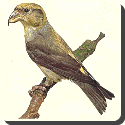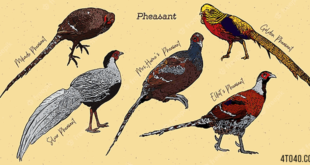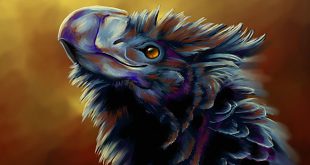 Crossbills — The crossbills are birds in the finch family Fringillidae. The three to five (or possibly many more) species are all classified in the genus Loxia. These birds are characterized by the mandibles crossing at their tips, which gives the group its English name.
Crossbills — The crossbills are birds in the finch family Fringillidae. The three to five (or possibly many more) species are all classified in the genus Loxia. These birds are characterized by the mandibles crossing at their tips, which gives the group its English name.
These are specialist feeders on conifer cones, and the unusual bill shape is an adaptation to assist the extraction of the seeds from the cone. These birds are typically found in higher northern hemisphere latitudes, where their food sources grows. They will erupt out of the breeding range when the cone crop fails.
Crossbills breed very early in the year, often in winter months, to take advantage of maximum cone supplies.
Adult males tend to be red or orange in colour, and females green or yellow, but there is much variation.
The different species are each adapted to specializing in feeding on different conifer species, with the bill shape optimized for opening that species of conifer. This is achieved by inserting the bill between the conifer cone scales and twisting the lower mandible towards the side to which it crosses, enabling the bird to extract the seed at the bottom of the scale with its tongue.
The mechanism by which the bill-crossing (which usually, but not always, occurs in an 1:1 frequency of left-crossing or right-crossing morphs) is developed, and what determines the direction, has hitherto withstood all attempts to resolve it.
It is very probable that there is a genetic basis underlying the phenomenon (young birds whose bills are still straight will give a cone-opening behavior if their bills are gently pressed, and the crossing develops before the birds are fledged and feeding independently), but at least in the Red Crossbill (the only species which has been somewhat thoroughly researched regarding this question) there is no straightforward mechanism of heritability.
While the direction of crossing seems to be the result of at least 3 genetic factors working together in a case of epistasis and most probably autosomal, it is not clear whether the 1:1 frequency of both morphs in most cases is the result of genetics, or environmental selection. Populations that feed on cones without removing or twisting them will likely show a 1:1 morph distribution no matter what the genetic basis may be: the fitness of each morph is inversely proportional to its frequency in the population. Such birds can only access the cone with the lower mandible tip pointing towards it to successfully extract seeds, and thus a too high number of birds of one morph will result in the food availability for each bird of this morph decreasing.
They can utilise other conifers to their preferred, and often need to do so when their preferred species has a crop failure, but are less efficient in their feeding (not enough to prevent survival, but probably enough to reduce breeding success).
 Kids Portal For Parents India Kids Network
Kids Portal For Parents India Kids Network




